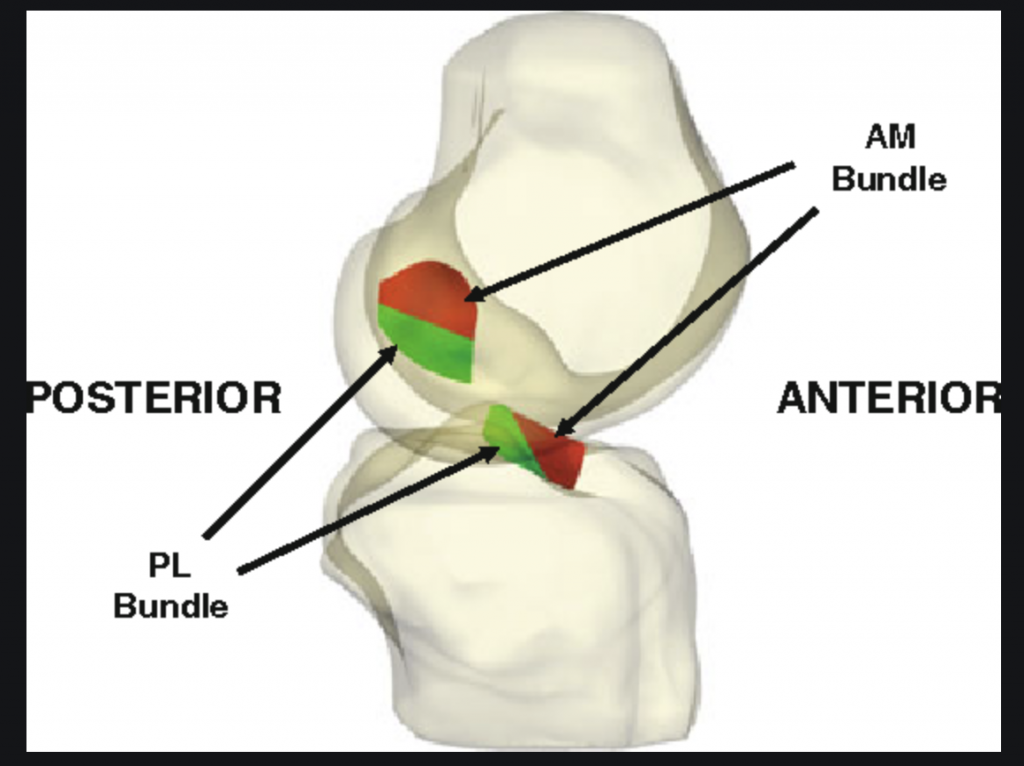By Lisette Salazar

The Anterior Cruciate Ligament is a highly common knee injury amongst female athletes. The ACL is one of four important ligaments in the knee preventing anterior translation of the femur on the tibia. This ligament is prone to tears due to the mechanism of injury in both contact and non-contact sports. There are various factors associated with the efficacy of the ligament’s integrity such as the strength, stability and endurance of the following muscles: the quadriceps, hamstrings, and muscles of the hip.
Strength in the quadricep and hamstring muscle groups help maintain the integrity of the ACL. There are also other muscle groups that may be overlooked such as muscles of the hip and ankle stability which contribute to the kinetic chain. When there is an appropriate ratio and stability within the lower extremity, the likelihood of ligament sprains, partial tears and complete rupture decreases.
Comprehensive training can lead to improvements in athletic performance and movement biomechanics as well as reduce ACL injury risk. Improving pivotal dynamic movements such as landing softly, increasing knee flexion, minimizing knee valgus, improving running technique, and maintaining proper knee alignment during cutting maneuvers can help decrease injury risk.
Here at PT in Motion, we provide a free screening to analyze gait pattern, lower extremity strength, stability and functional abilities. With this, you can be more informed on how your body works. You will have a better insight on any muscular and proprioceptive deficits and be educated on preventative measures to help decrease your risk of injury with sports and recreational activity.
Please feel free to reach out to us at our three different locations located in Kearny Mesa, Chula Vista and Carlsbad.